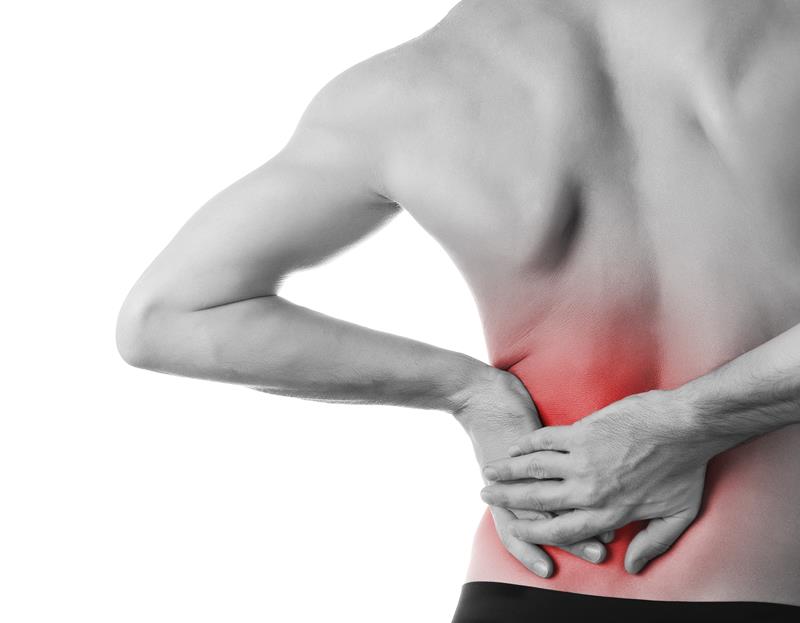Sleep is beneficial for overall health. The position in which you sleep can significantly impact your back health, particularly if you experience chronic pain. Understanding how various sleeping positions influence different types of back pain is helpful. These include lower back pain, sciatica, herniated discs, and neck pain. This knowledge can help you make informed adjustments to improve sleep quality and spinal alignment.
Back Sleeping
Back sleeping is widely regarded as one of the best positions for maintaining spinal alignment. This position keeps the head, neck, and spine in a neutral position, minimizing stress on the spine. For individuals experiencing lower back pain or sciatica, sleeping on one’s back can help reduce pressure on the lumbar region.
To improve comfort and alleviate pain, place a pillow under your knees to maintain the natural curve of your spine. Use a supportive yet comfortable mattress to prevent your lower back from sinking into it. This position is conducive for those recovering from herniated discs, as it evenly distributes weight and relieves pressure on the affected spinal areas.
Side Sleeping
Side sleeping is another common position that some people find beneficial, especially for conditions such as sciatica or herniated discs. Sleeping on the side reduces compression on the spine and can relieve pressure on the nerve roots.
For optimal alignment and reduced strain:
- Use a firm pillow for neck support.
- Place a pillow between your knees to reduce strain on the hips and lower back.
While side sleeping can effectively reduce lower back and sciatica discomfort, alternating sides is recommended to avoid imbalances in spinal alignment.
Stomach Sleeping
Stomach sleeping is often thought of as the least optimal position for spinal health. This position flattens the natural curve of the spine and forces the neck into an unnatural angle, which can exacerbate neck pain and pressure on the lower back. For individuals with herniated discs or sciatica, this position can intensify symptoms due to added spinal stress.
If stomach sleeping can’t be avoided, use a thin pillow or no pillow under your head to reduce neck strain, and place a pillow under your hips to relieve pressure on your lower back. These adjustments can help make stomach sleeping more comfortable and reduce strain on your body. Switching to back or side sleeping is generally recommended for better long-term spinal health.
Sleep Aids
Enhancing your sleeping environment can play a significant role in managing and alleviating back pain. Select sleep aids such as:
- Ergonomic Mattresses: Medium-firm options provide the support needed to maintain spinal alignment.
- Pillows with Proper Support: Look for neck pillows or wedge pillows specifically designed for your preferred sleeping position.
- Supplementary Supports: Knee and lumbar support cushions can further enhance spinal stability.
Investing in the right sleep accessories and maintaining proper posture can lead to significant improvements in both sleep quality and back pain management.
Take Control of Your Back Pain
Choosing and adjusting your sleep position can significantly impact the management of back pain. This applies whether it stems from sciatica, herniated discs, lower back strain, or neck discomfort. By understanding the relationship between sleep posture and spinal health, you can take a proactive approach to improving comfort and alignment. If you’re looking for ways to manage and reduce back pain, explore advanced treatment options and schedule an appointment today.
- Metaboost Diet Plan PDF – Supercharge Your Metabolism & Lose Weight!
- What Is A Low Oxalate Diet – Powerful Benefits You Can’t Miss!
- EA Fitness – Transform Your Health Today!
- Why Is Mental Health Important – Transform Your Life By Prioritizing It!
- How To Improve Gut Health – Boost Digestion, Energy & Immunity!


Leave a Reply